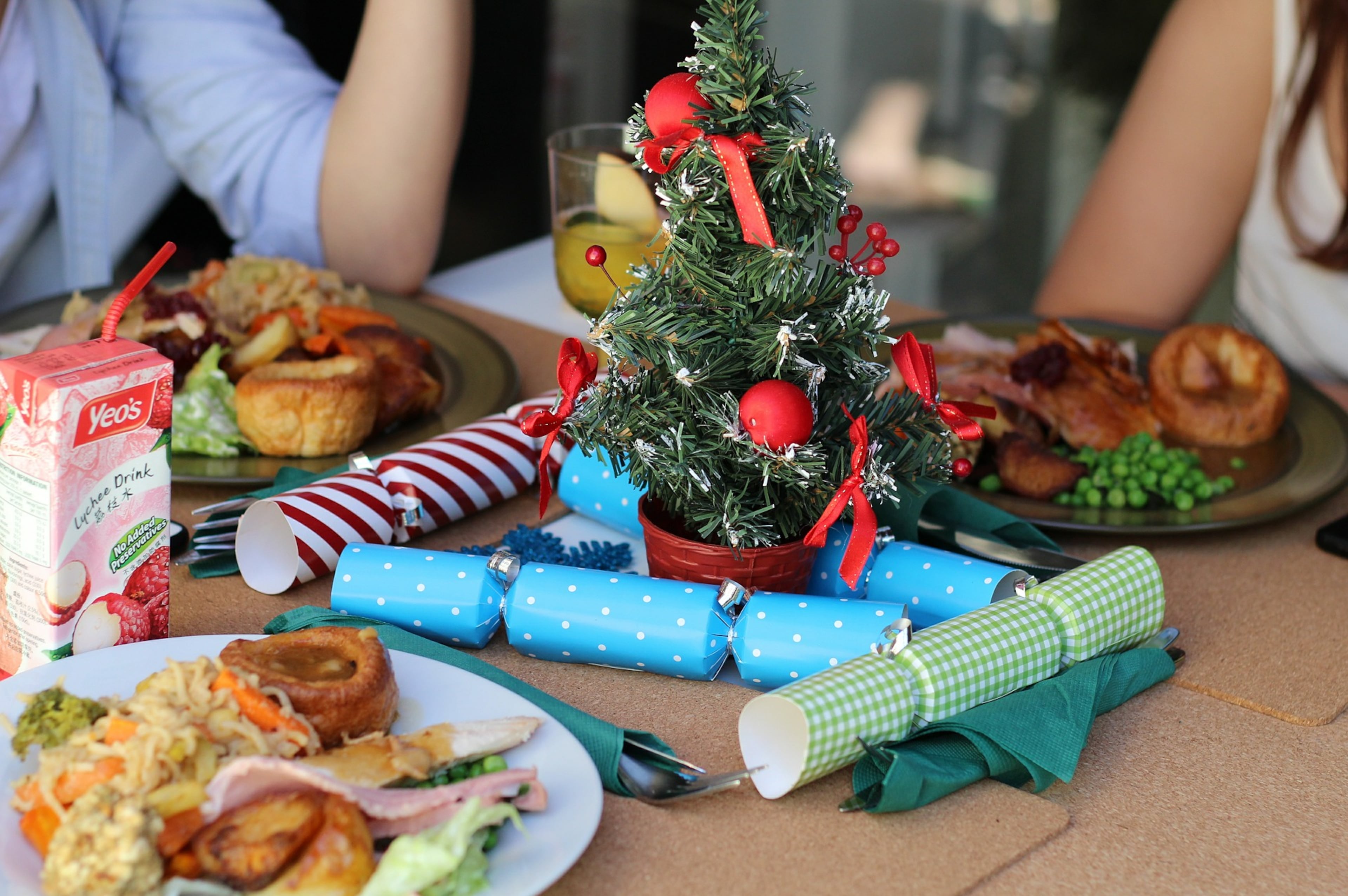5 ‘clean’ habits that actually make your kitchen germier
You cleaned for days and cooked for hours to ensure a fantastic dinner for family and friends.
Some of what you did, however, could have made your loved ones sick. Don’t risk your family’s health preparing to feed and entertain them. Here are five things you’re doing wrong in the kitchen.
1. Rinsing raw meat and poultry
Research has shown that washing raw meat or poultry in your sink just spreads the bacteria you're trying to get rid of. A Drexel University study and the U.S. Department of Agriculture's foodsafety.gov say it's best to just move the meat from the package to the pan. The heat will kill any bacteria.
If you absolutely must rinse that bird, however, foodsafety.gov says you should first remove everything around the sink — dishes, the dish drainer, dish towels, sponges, any food. Then clean the sink and put paper towels on the counters. Rinse the bird with a gentle flow of cold water. If the water pressure is too high, the bacteria will be splattered around with the water. Put the bird immediately in the pan. Throw away the paper towels, then clean the sink and counters.
2. Letting food cool too long before putting in refrigerator
According to foodsafety.gov, illness-causing bacteria can start to grow in perishable foods within two hours — one hour if the room temperature is above 90 — if not refrigerated.
"Time plus warmer temperatures equals growth of bacteria," Shelley Feist, executive director of the nonprofit Partnership for Food Safety Education told AARP.
If putting a large pot of hot food in the fridge bothers you, Feist said, then put it in smaller containers. "That helps cool it more quickly," she told AARP.
3. Not taking apart your blender to clean it
A simple Google search will return pages and pages of ways to quickly clean your blender without taking it apart. Your appliance will look clean, but unless you remove the bottom to properly clean the rubber gasket, you are flirting with bacteria.
A 2013 germ study by NSF International (formerly known as the National Sanitation Foundation), found Salmonella, E. coli, yeast and mold on the blender’s rubber gasket. NSF International ranked the rubber gasket as the third germiest item in a kitchen.
To be safe, always take your blender apart and thoroughly wash the blades and rubber gasket.
4. Thawing frozen meat or poultry
You bought a frozen turkey, which is fine. How do you go about thawing it safely?
Not, as some believe, by running it under hot water, and definitely not on the counter.
The three safest ways to thaw meat and poultry are in the refrigerator, in cold water and in the microwave.
But even thawing in the fridge can cause problems if you don’t play it safe. Always thaw raw meat or poultry on a plate — to keep any juices contained — and on the bottom shelf — to prevent any spillage from contaminating other food.
5. Not cleaning your knife block
You wash your knives after every use, but then you put them back in a dirty knife block. Today.com reported that Allen Rathey, principal of the Healthy Facilities Institute, said those openings can become a breeding ground for bacteria.
Your knife block should be cleaned at least once a month. First, shake out any crumbs. Then submerge the block in warm, sudsy water. Use a pipe cleaner or baby bottle brush to clean the knife slots. To dry it, turn the block upside down and let it dry thoroughly. If you reinsert the knives before the block is dry, you can trap water and promote bacterial growth.
For more content like this, sign up for the Pulse newsletter here.


